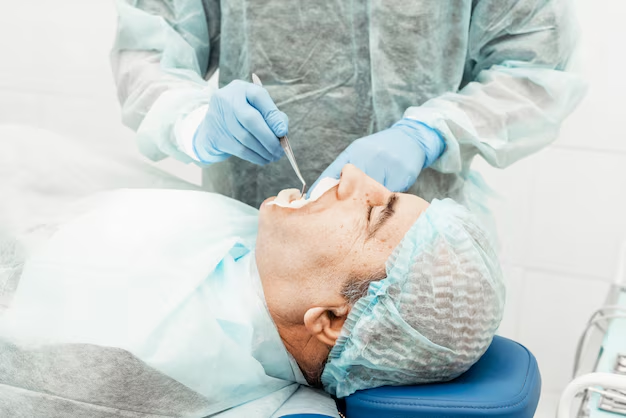How to Become a Dental Anesthesiologist: Essential Degrees, Certifications, and Licenses
Becoming a dental anesthesiologist requires a combination of rigorous education, specialized training, and credentialing. At the core of this career path is earning a Doctor of Dental Surgery (DDS) or Doctor of Dental Medicine (DMD) degree from an accredited dental school, typically after completing a bachelor's degree with a strong emphasis on science courses. Upon obtaining a dental degree, prospective dental anesthesiologists must pursue a three-year, advanced postgraduate training program in dental anesthesiology. This residency equips them with the skills to safely administer anesthesia and manage patients in a dental setting. Additionally, becoming board-certified by the American Dental Board of Anesthesiology (ADBA) is highly recommended, as it demonstrates a commitment to the highest standards of dental anesthesiology practice.
Certification and licensure are crucial aspects of this specialized field, ensuring practitioners adhere to established safety protocols. Many states require dental anesthesiologists to obtain a specific anesthesia permit, which might involve additional examinations or continuing education requirements. The journey to becoming a dental anesthesiologist is demanding but rewarding, offering the satisfaction of combining dental care expertise with anesthesia proficiency, thus enhancing patient comfort and care quality.
Key Educational Steps and Credentials for Aspiring Dental Anesthesiologists:
- 🎓 Bachelor's Degree: Focus on science (biology, chemistry, physics)
- 🦷 DDS/DMD Degree: Graduate from an accredited dental school
- 🏥 Postgraduate Residency: 3-year dental anesthesiology program
- ✅ Board Certification: American Dental Board of Anesthesiology (ADBA)
- 📜 State Anesthesia Permit: Varies by state, may require additional exams
- 🔄 Continuing Education: Stay updated with anesthesia practices and innovations

Related Topics
- Becoming A Neurosurgeon
- Becoming A Pediatrician
- Becoming Physician Assistant
- Becoming A Surgeon
- Becoming A Doctor
- Becoming Brain Surgeon
- Becoming Cardiothoracic Surgeon
- Becoming Family Physician
- Forensic Pathologist Duration
- Becoming A Gyno
- Heart Surgeon Timeline
- Orthopedic Surgeon Training
- Pediatric Dentist Duration
- Pediatric Doctor Timeline
- Pediatric Surgeon Training